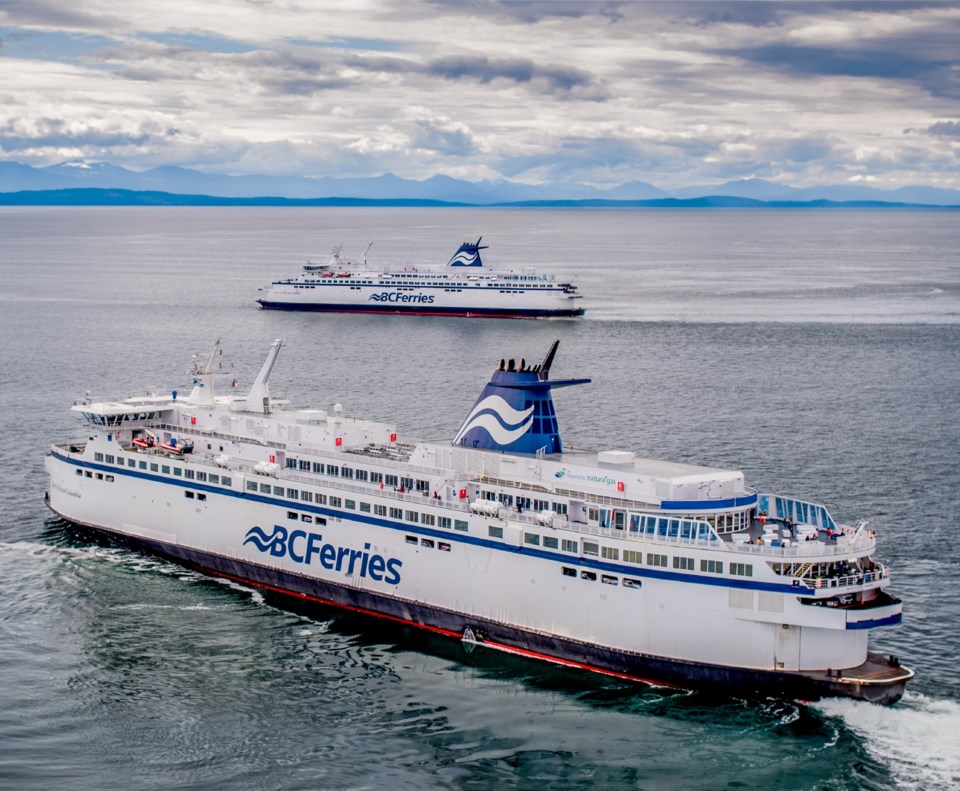A government review of BC Ferries has raised the idea of building a terminal on Iona Island near YVR.
The idea, floated in a 2018 report, would “significantly reduce” crossing times to Vancouver Island and would better connect ferry passengers to the airport and Canada Line.
The suggestion was one of many which prompted the provincial government to consider making big changes to BC Ferries.
In 2011, the option of having an aviation fuel off-loading facility off the west coast of Sea Island – as part of an airline consortium’s fuel delivery plan – was dismissed by the proponent’s marine engineers, due to a number of practical and environmental concerns.
The issues included the location being “exposed” and the “proximity to environmentally sensitive foreshore and intertidal habitats, including the land designated as a Regional Park (Iona Beach) and Sea Island Conservation Area.”
The consortium instead chose to locate the facility on the south arm of the Fraser River.
Over the next few months, the NDP government will start the process of public consultation as it works to develop a vision for the ferry service.
In 2017, the province hired Blair Redlin — who was deputy transportation minister in the last provincial NDP government —to review coastal ferry services.
His report, published in June 2018, asks the government to think big and “identify potential new ferry services or terminals that respond to changed settlement patterns.”
As well as the Iona Island terminal idea, other suggestions included examining the future of the Horseshoe Bay terminal and a possible passenger-only service from the Sunshine Coast to the Burrard Inlet, as well as ways to reduce greenhouse gas emissions.
Claire Trevena, B.C.’s transportation minister, will be holding a series of seven meetings this winter with stakeholders in Vancouver, across Vancouver Island and on Salt Spring Island and Haida Gwaii.
And in the new year, when an online engagement is set to launch, British Columbians will be able to weigh in on the conversation.
“We want to continue the conversation and hear from people on what they would like to see for coastal ferries in the future — from things like looking at how transportation needs have changed over the years, or how we can better integrate all modes of transportation into the ferry system,” said Trevena.



